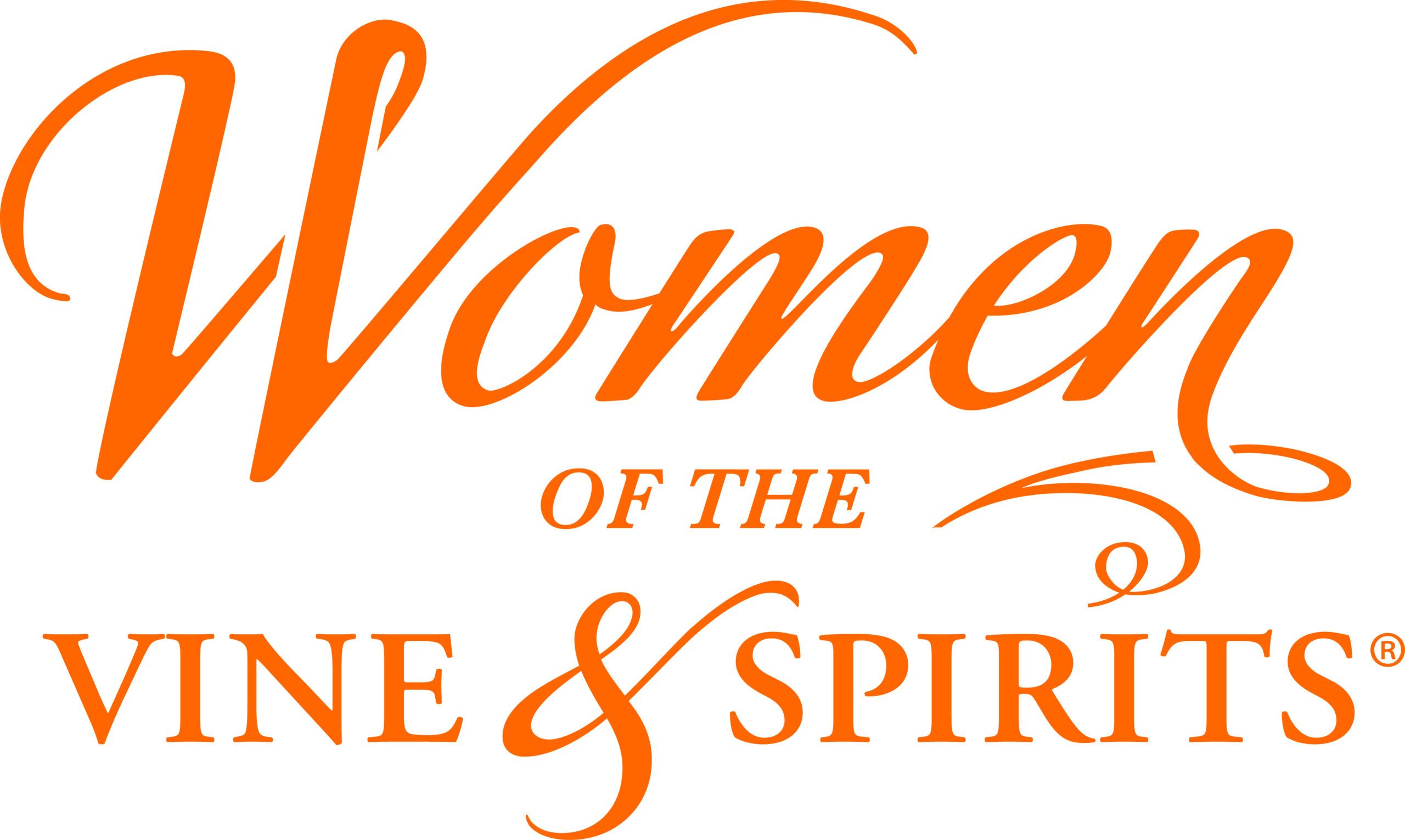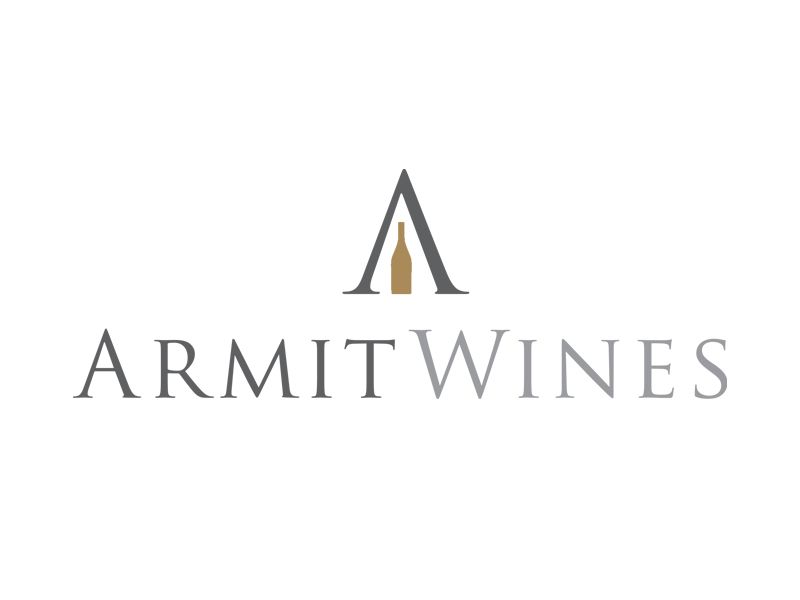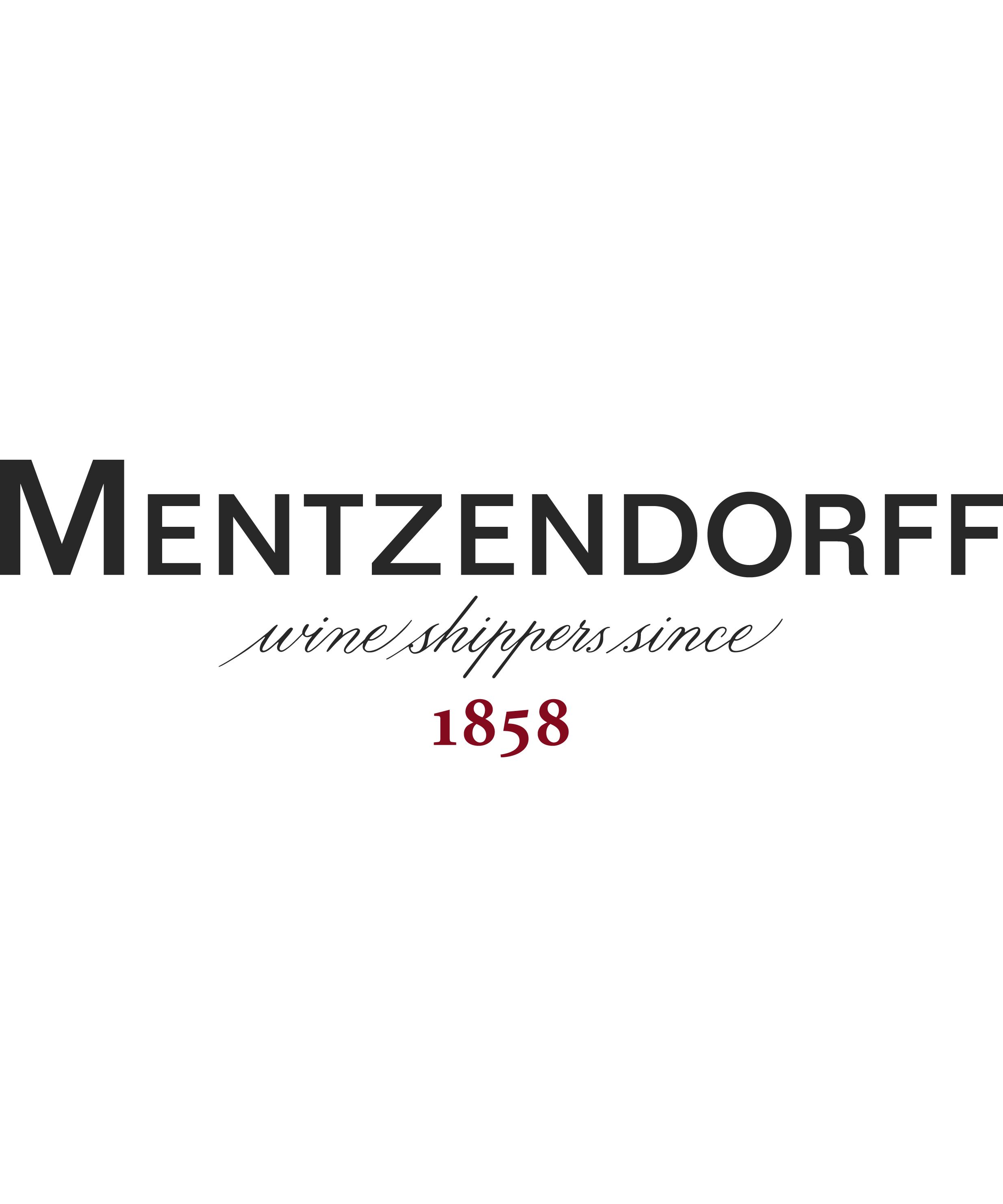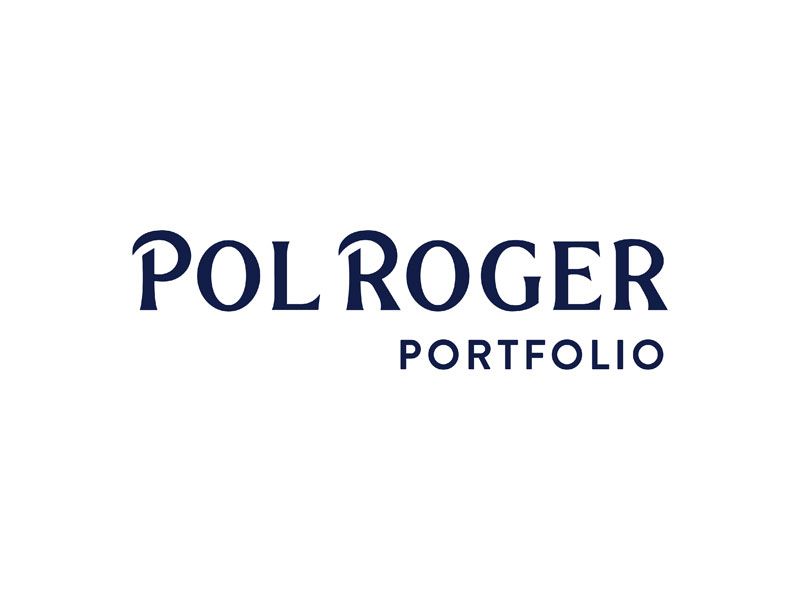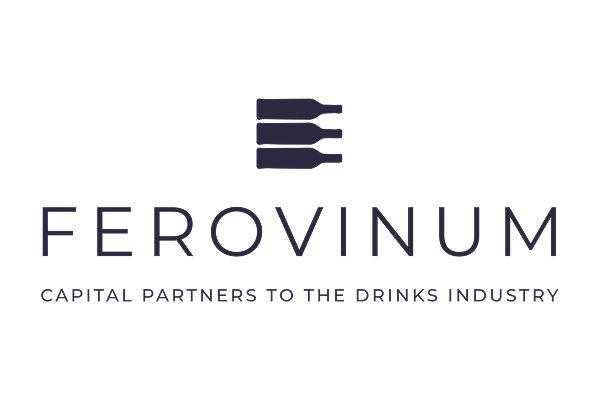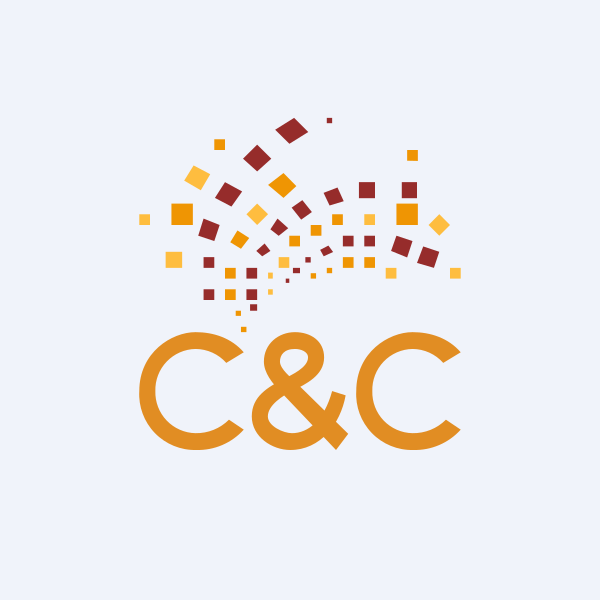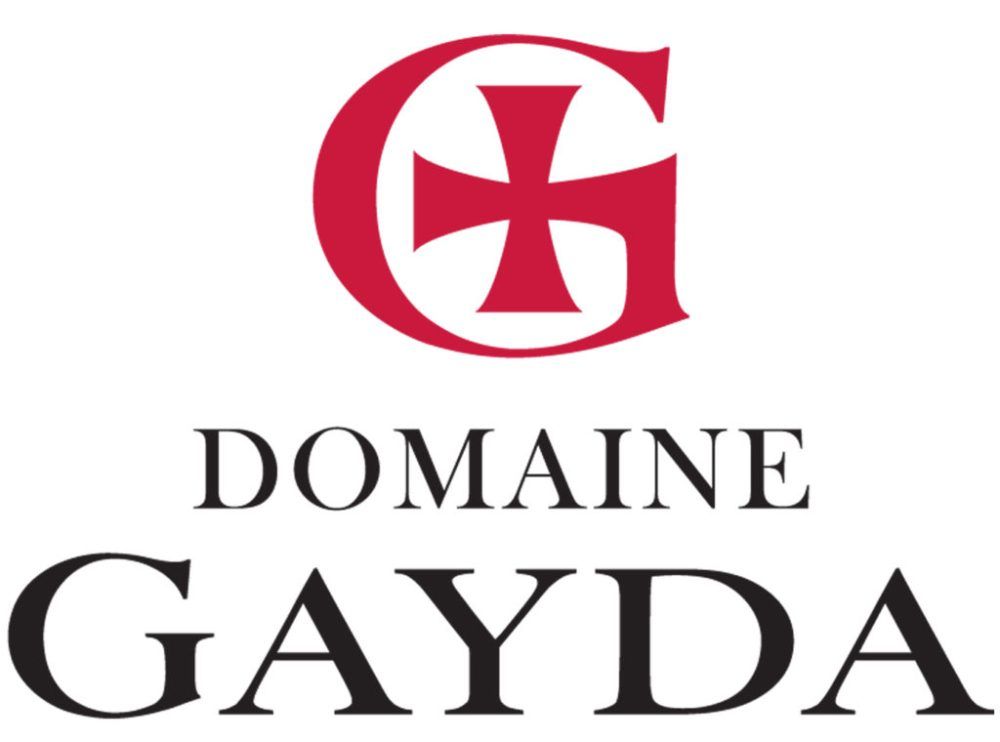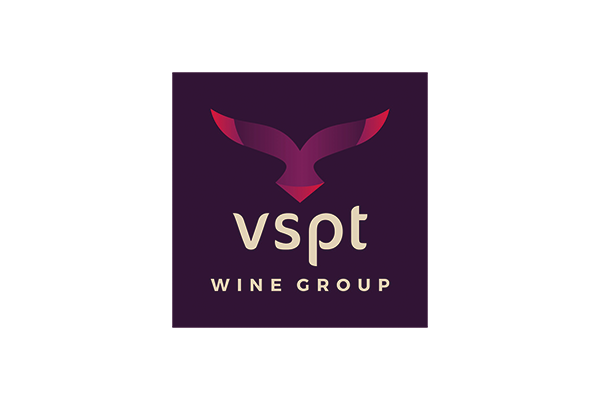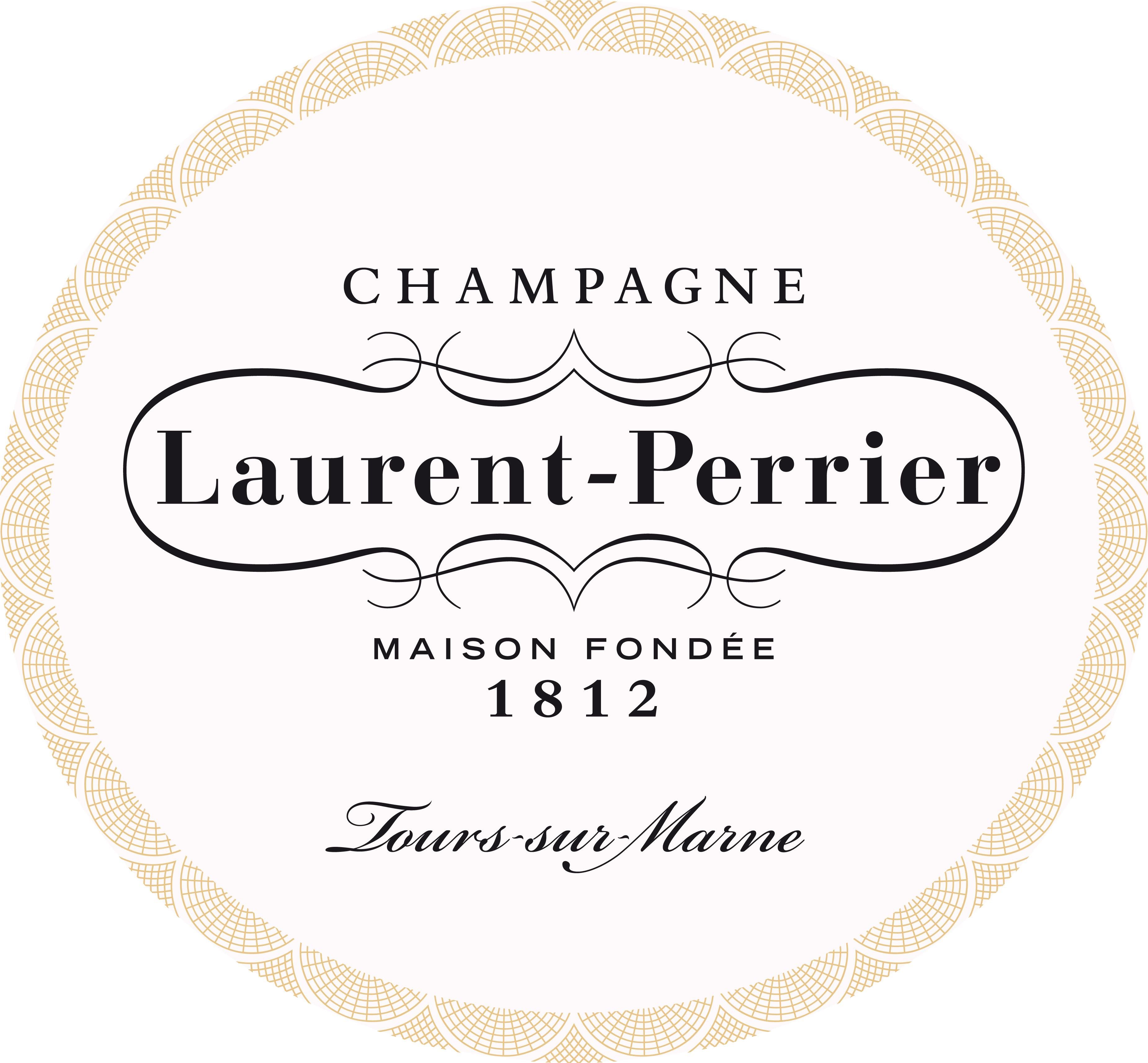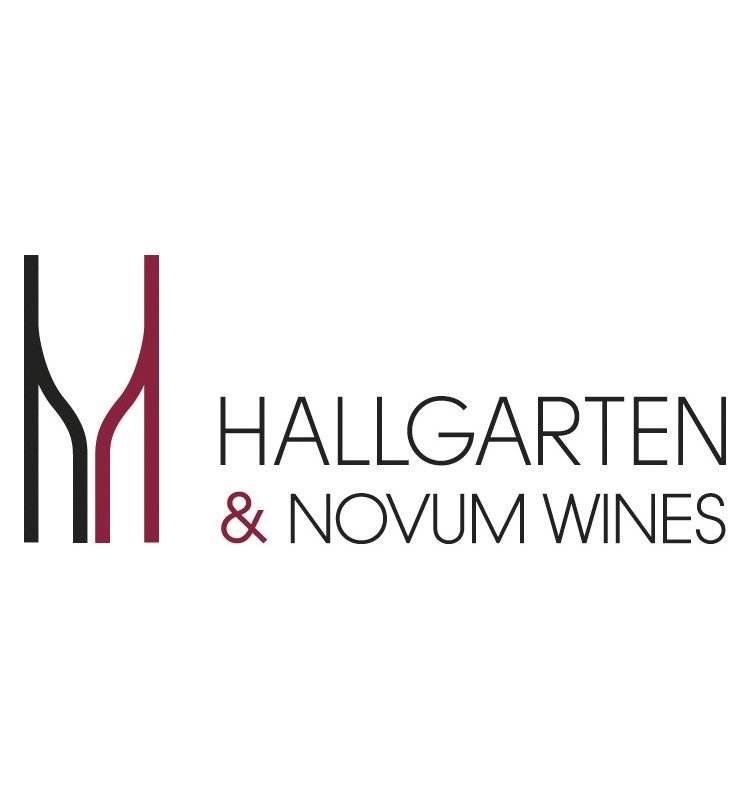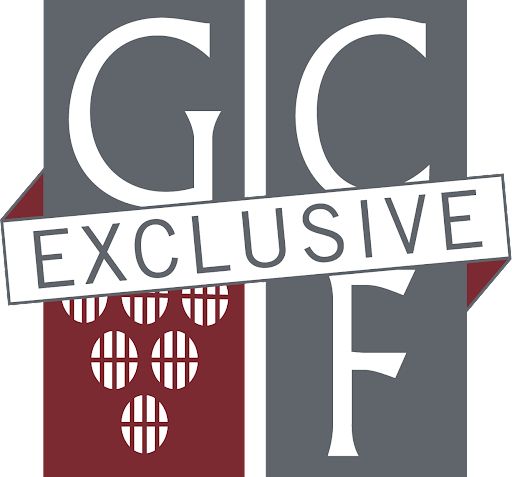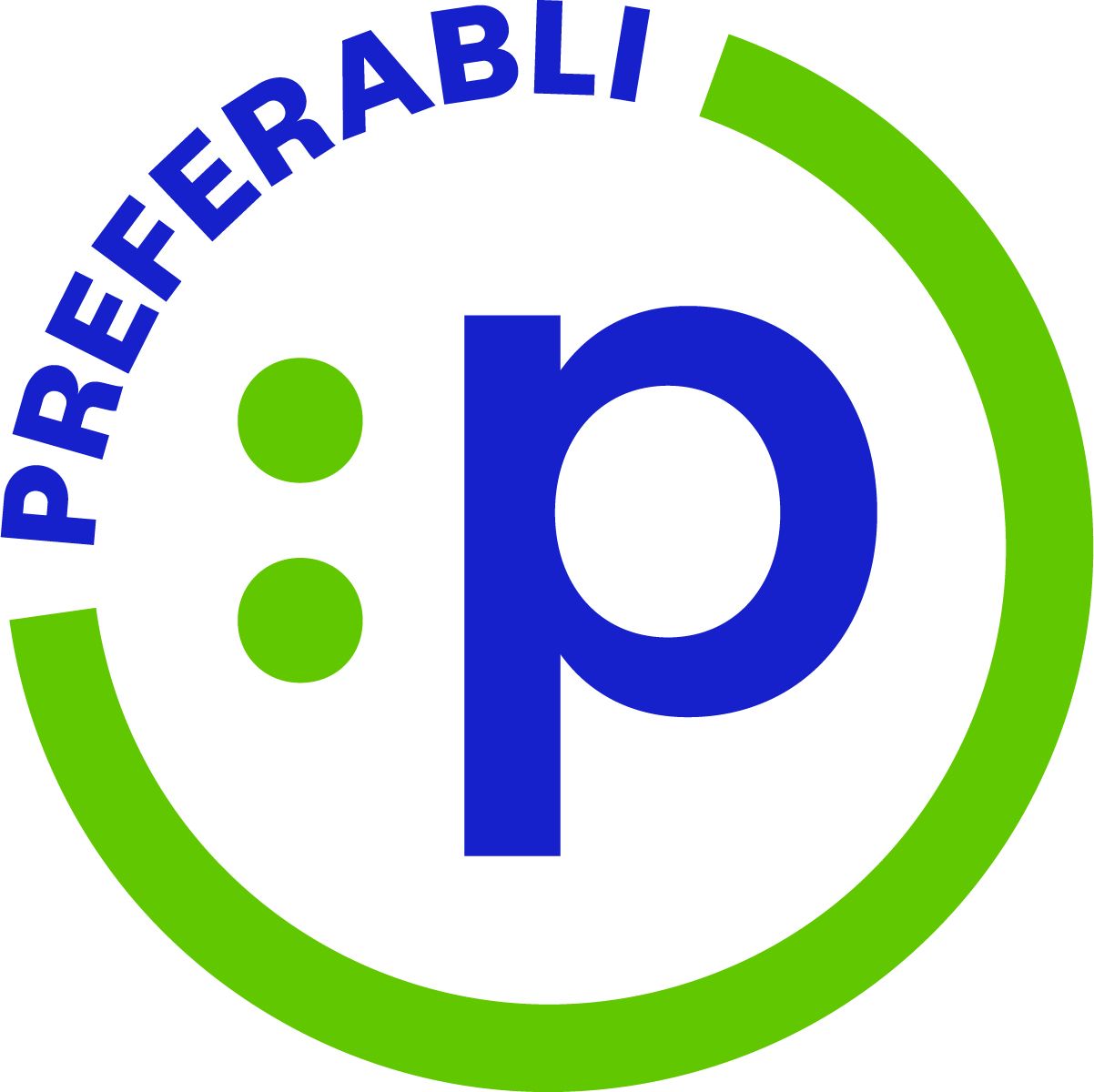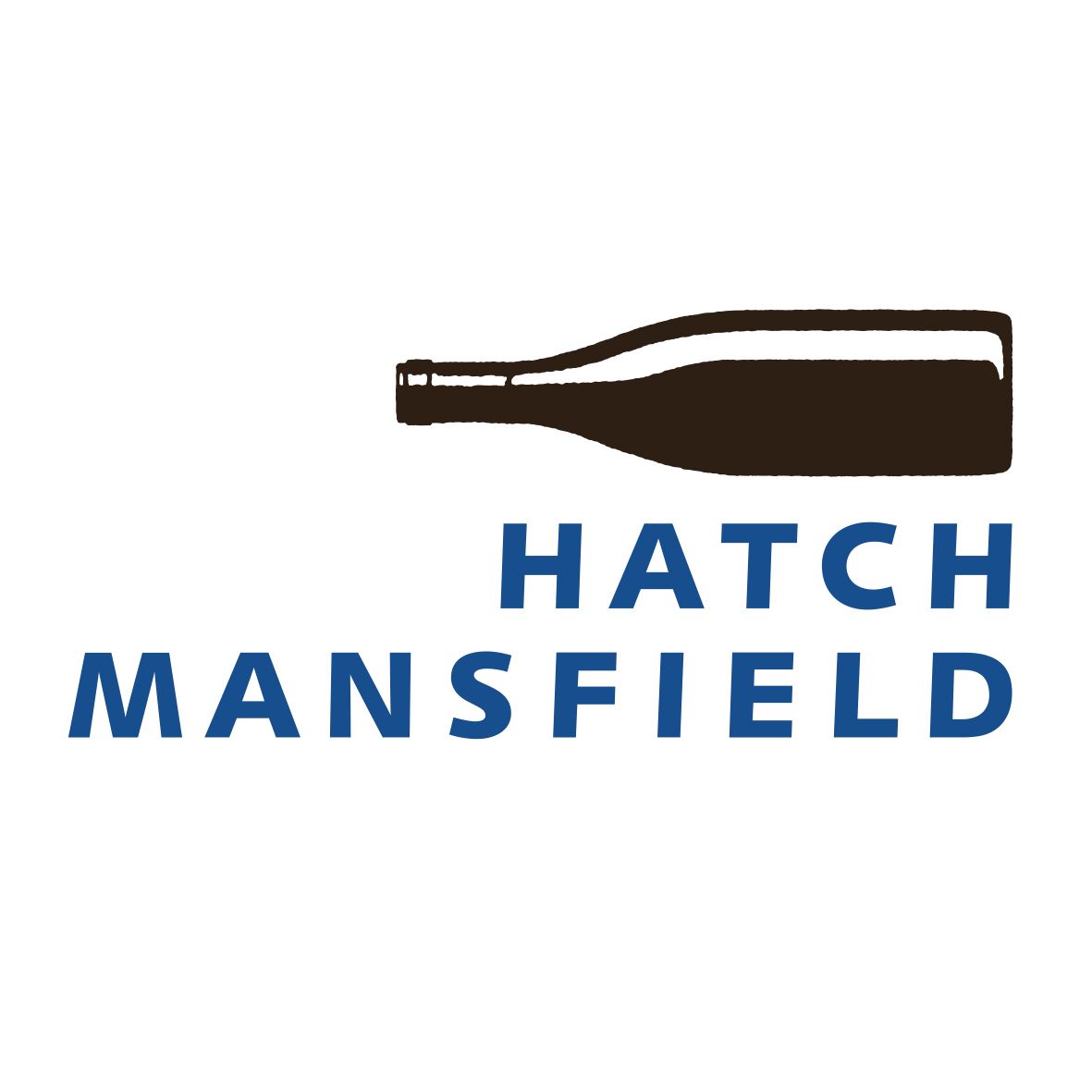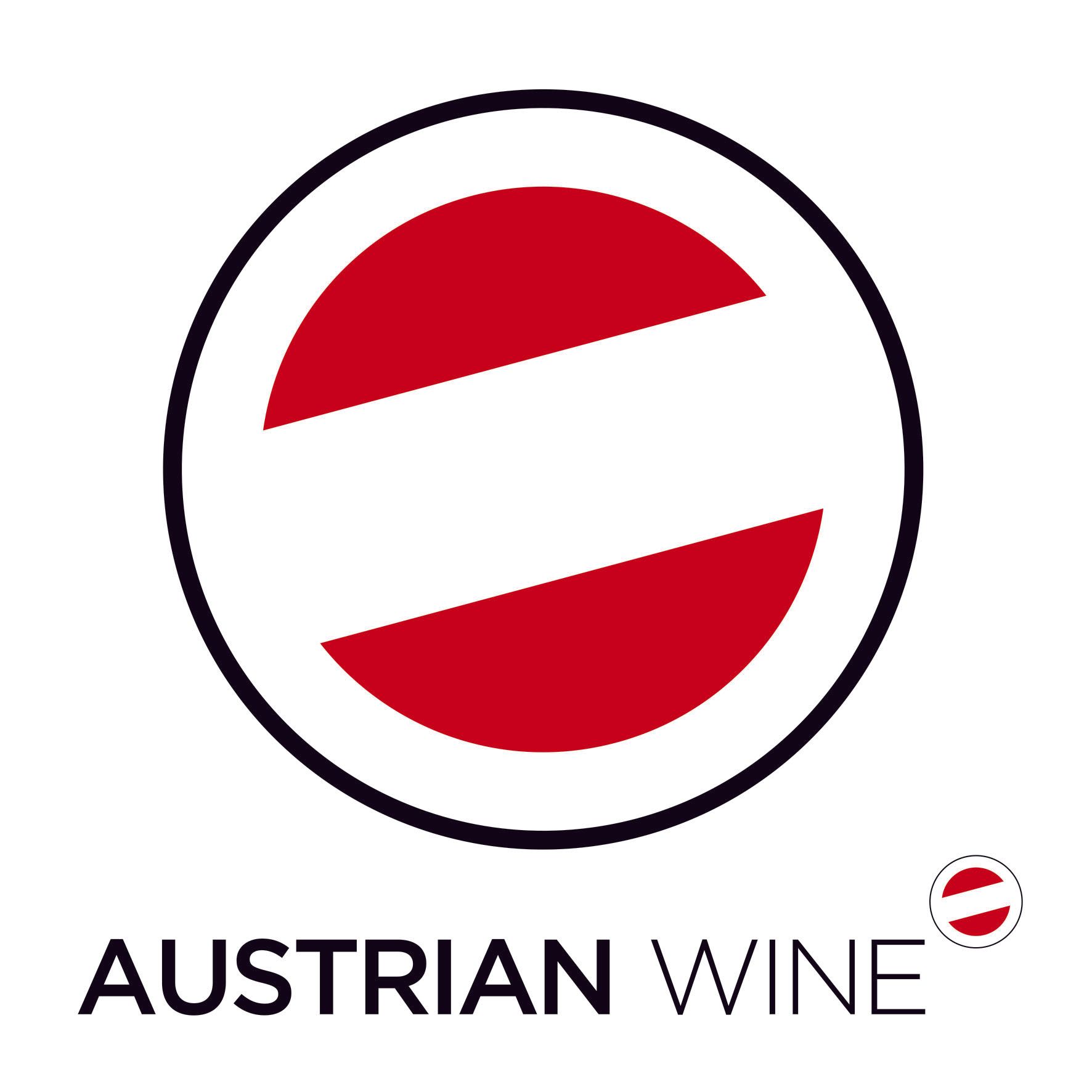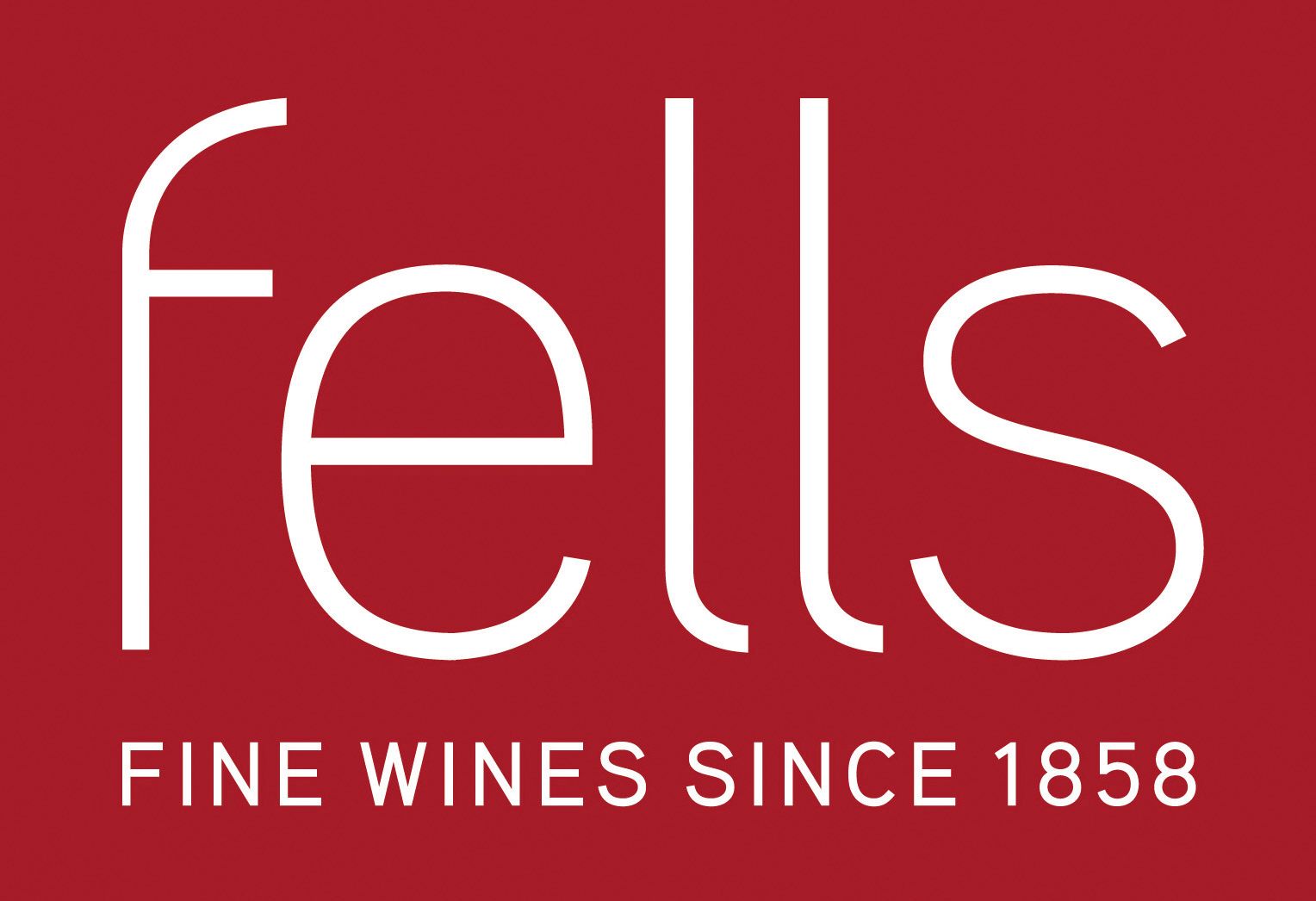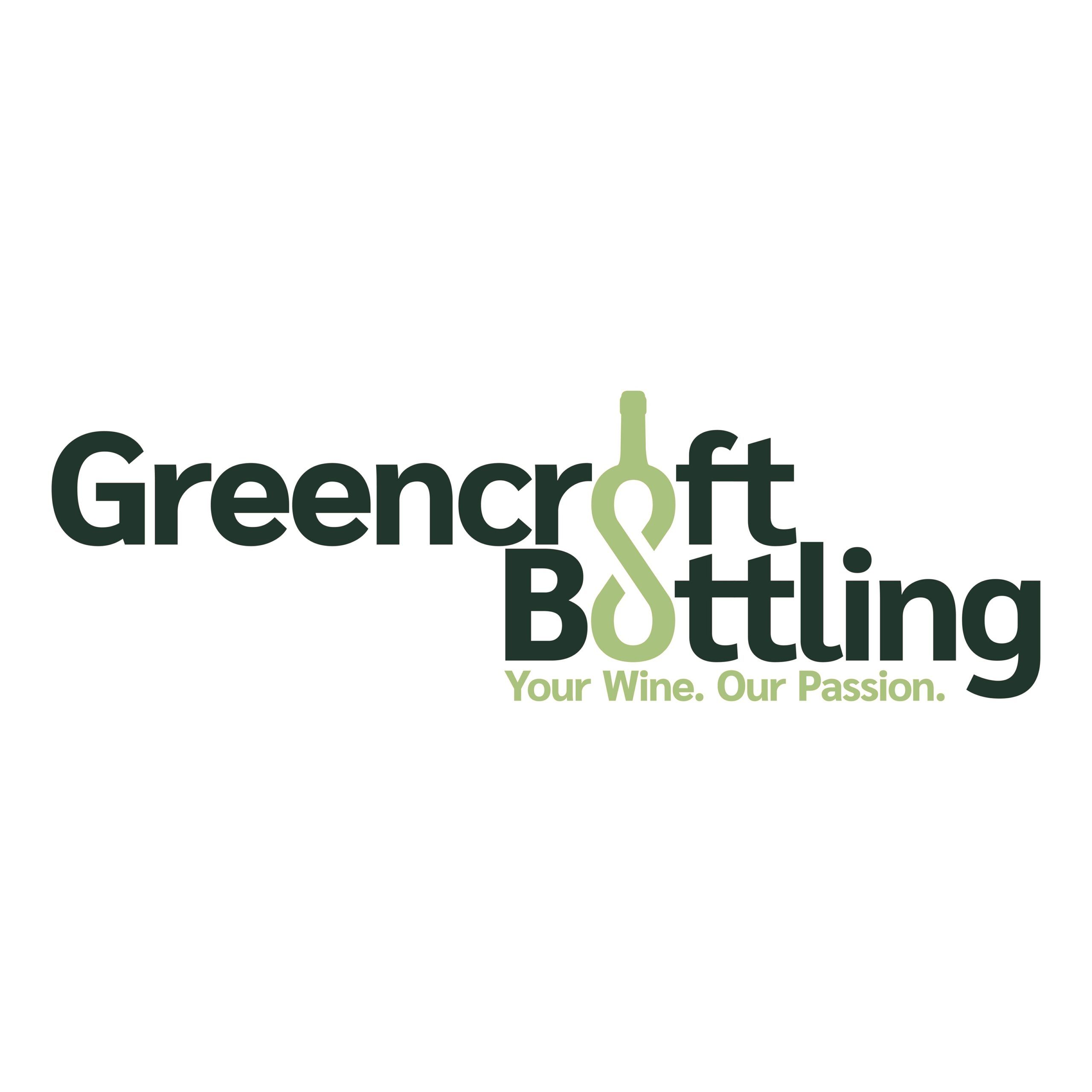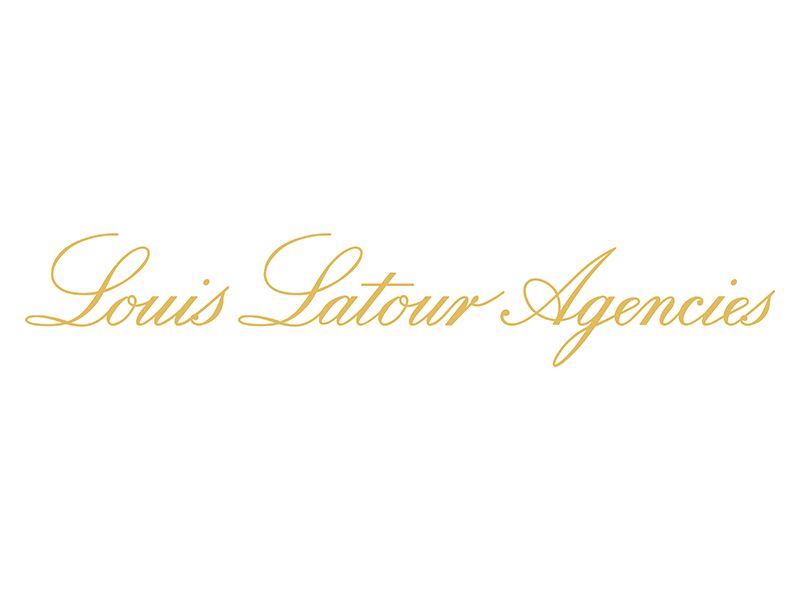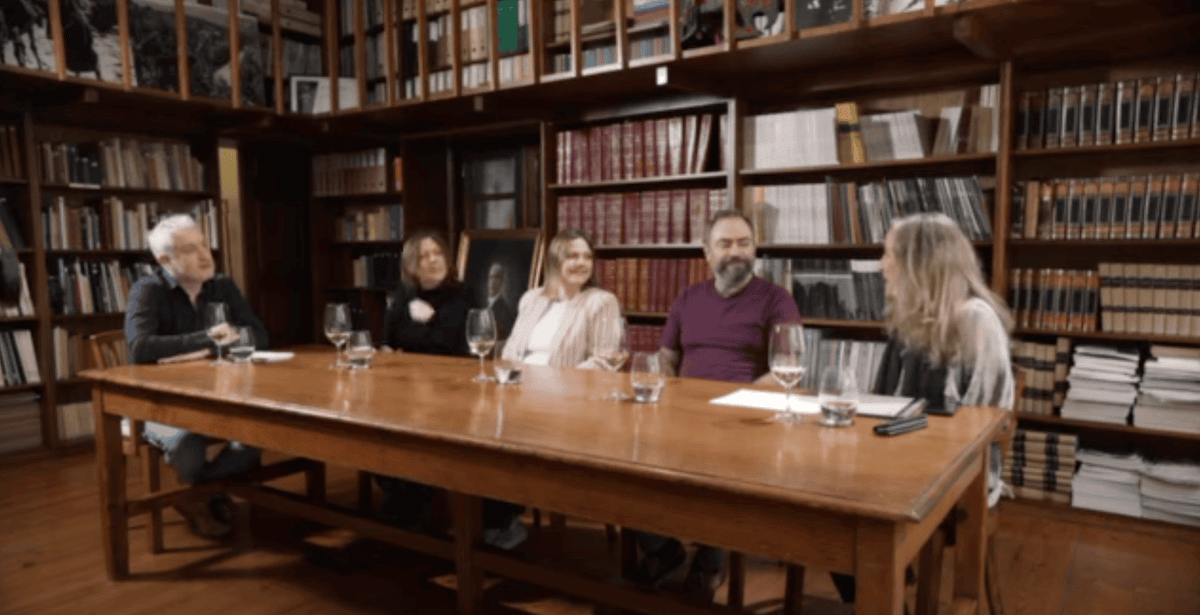Innovation is the subject of Laurent-Perrier’s latest London tasting. Recent visits have presented to us both new wines (Héritage), new releases (Grand Siècle Iteration N°26) and a new cellar master (the fantastically named Olivier Vigneron). Today we are hosted by Vigneron’s fellow oenologist, Constance Delaire, who also specialises in communications, and, dare I say, unusually for the technicians at Laurent-Perrier, is fluent in English. Today’s brief, illustrated of course, is to focus on three key areas where Laurent-Perrier, with some justification, can claim to have set the stylistic agenda in Champagne.
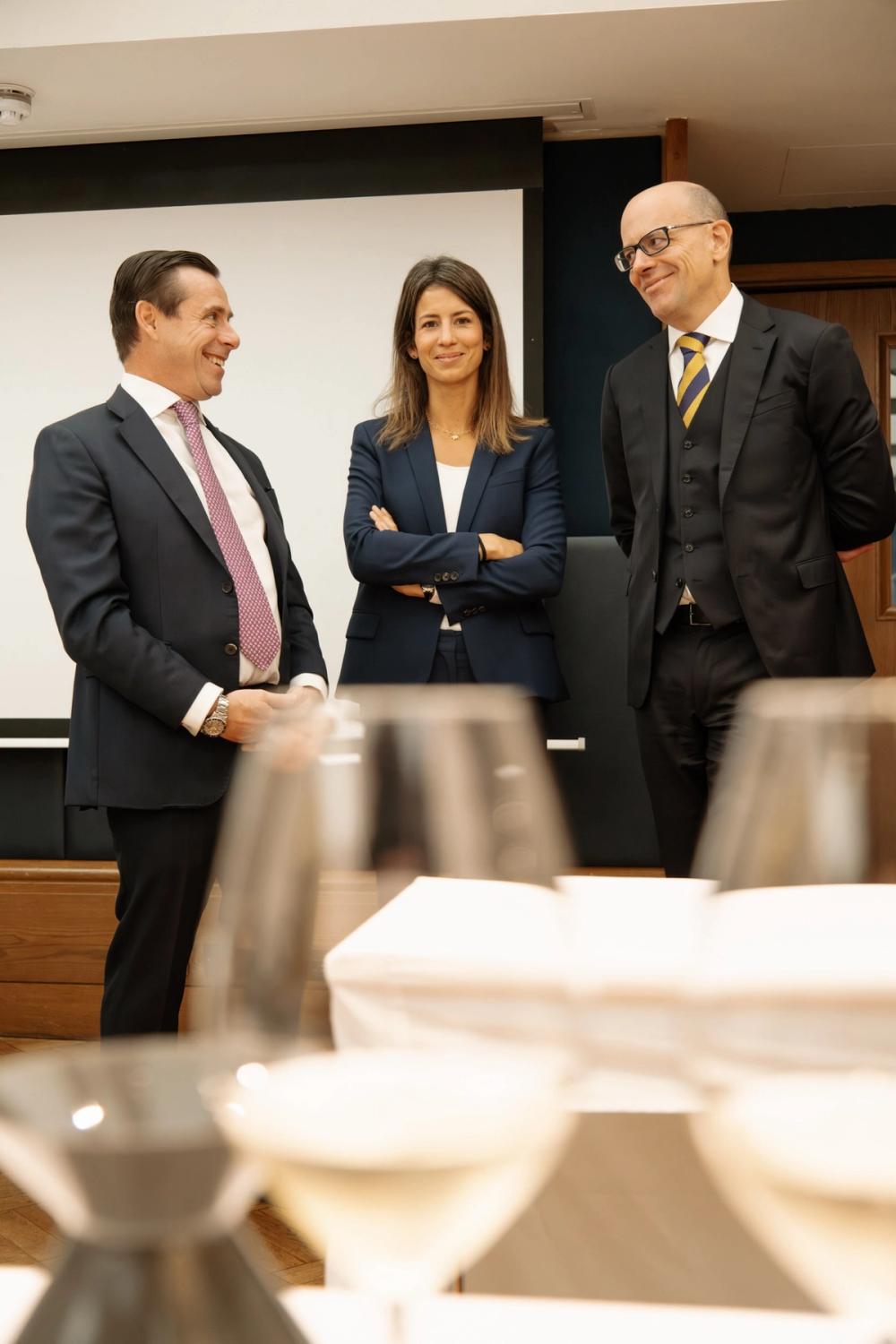
All for one... brand director Daniel Brennan, Constance Delaire and Adam Guy, managing director Laurent-Perrier UK
Trios abound in the presentation; the three key innovations are matched by a trinity of watchwords to describe the Laurent-Perrier ethos. These words are freshness, purity and elegance. And the three key innovations? They are the development of the blending of reserve wines, the art of maceration and the non-dosage styles. In each of these Laurent-Perrier, inspired by its legendary owner Bernard de Nonancourt, can honestly claim to have been the first out of the blocks, the proof clearly evidenced in three key wines, Grand Siècle, Cuvée Rosé and Ultra Brut. And, as we shall find out, in other wines too.
Delaire reminds us of the family influence and, appropriately enough, the constancy of approach, stressing that there have only been four winemakers since 1950, the penultimate of whom, Michel Fauconnet, still serves as a technical adviser. In addition, there are four Nonancourts currently involved in the business, with Bernard’s daughters Stéphanie and Alexandra now passing the baton to Lucie Pereyre de Nonancourt, Alexandra’s daughter, and, most recently, to Maximilien Meneux, who is Stéphanie’s son, thereby ensuring a pleasingly symmetrical inheritance.
This amounts to an active and eminently capable dynasty and one which allows Laurent-Perrier, one of Champagne’s ‘top five’ houses in terms of volume, to retain an air of intimacy and attention to detail, as also evidenced in bricks and mortar, at both the winery in Tours-sur-Marne (a cathedral of stainless steel) and also the charming familial seat in nearby Château de Louvois.
Returning to our three key innovations, we are reminded that Laurent-Perrier introduced its Ultra Brut as far back as 1981, its base year being the famously hot 1976. Today we are tasting its sister, Blanc de Blancs Brut Nature, a rare beast which was introduced in 2019, its base year being 2012. The subsequent base years, 2014 and 2016, have been selected for their structural potential and the capacity to match food.
Up to 40% of reserve wine has been added to the latest blend to lend depth and complexity. Without the ‘camouflage’ of sugar, there is, self-evidently, nowhere to hide, stylistically speaking, making winemaking decisions even more crucial, most significantly those focused on the date of picking, the (cool) fermentation temperature and the supervision of the malolactic fermentation, which is never suppressed at Laurent-Perrier.
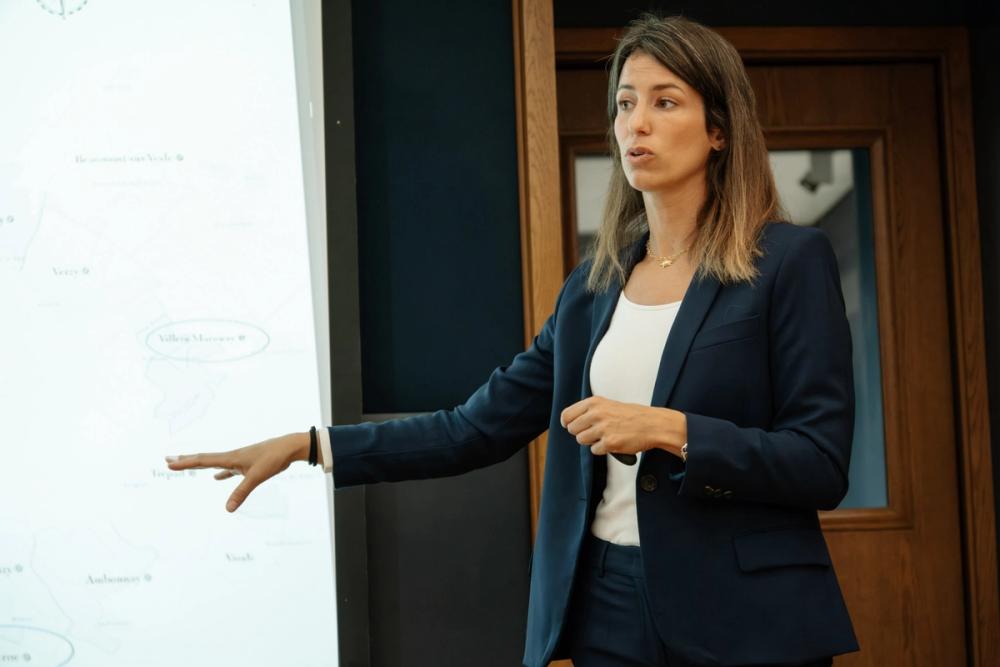
Constance Delaire has extensive experience of making red wine in Bordeaux, where Constance worked at Château Petrus
The second strand of innovation homes in on the blending of reserve wines, a hot topic in the region, especially with the challenges posed by climate change. Reserve wine, by definition, has always been a key component of a House’s Brut Sans Année, its use brought into sharp focus by the recent move of several houses to rename their non-vintage wine as a multi-vintage. Laurent-Perrier has not done this with its impressive entry wine La Cuvée, despite the use of significant amounts of reserve wine.
This spirit of innovation, however, was evidenced very early, thanks to the vision of Bernard de Nonancourt, who decided that his top wine, the prestige cuvée, Grand Siècle, should be presented to the world as a multi-vintage wine, made up of three separate vintages and thereby focusing on the significance of reserve wines, and underlining once again that the magical blending process can only benefit from cross-vintage input in such a marginal climate. De Nonancourt maintained that the 'perfect vintage' simply did not exist, and that the quest for perfection, as he eloquently demonstrated, would require human artistry brought to bear on the reserve wines.
This principle was extended last year with the introduction of Héritage cuvée, this time a blend of four different vintages. The artistry and skill involved is fundamental, as is the decision of how long to age the wines on their yeast. Laurent-Perrier has always backed up this artistry with a non-oxidative regime in the winery, together with long lees ageing, always on a crown cap. Freshness, purity and elegance are thereby ensured and, also, for those patient enough to wait, the potential for long development. Last year in Sweden, I was lucky enough to taste recently disgorged magnums of older vintages of Grand Siècle, all of which managed to juxtapose a fantastic freshness and tension with spell-binding complexity born of maturity.
Back down on earth, we move into the third sphere of innovations, the maceration. Once again, Laurent-Perrier leads the charge with its celebrated Cuvée Rosé. Made by maceration on skins for between 48 and 72 hours, the wine underlines a philosophy of skin contact which Laurent-Perrier believes is key for colour, flavour and aromatic potential. Many other rosé champagnes are made by blending red and white wine, but in this case, LP feels that such a process is not the key to precision, depth of flavour and gastronomic potential.
By way of parenthesis, it is interesting to note that both winemaker Olivier Vigneron, and our host, Constance Delaire, have extensive experience of making red wine in Bordeaux, where Constance worked at Château Petrus, no less! It is increasingly apparent that an understanding of red wine making is of significance when it comes to making Cuvée Rosé, so, once again, Laurent-Perrier is well placed. Cuvée Rosé was introduced to the range in 1968 and has now been joined by the deluxe Alexandra Rosé Millésimé, which is also made by the maceration method. Delaire reveals that the House uses the word ‘maceration’ rather than ‘saignée’ (bleeding), as they are not synonymous. Innovation is ongoing, clearly, at Laurent-Perrier, and we are now lucky enough to sample its fruits.

Laurent-Perrier Blanc de Blancs Brut Nature
We are treated to an early outing of the third and latest manifestation of the Blanc de Blancs Brut Nature, now based on the warm 2016 vintage, with the majority of the reserve wine from 2014. A soft white gold colour presages a nose of white flowers, chalk and sourdough, apple charlotte in the background. The palate is forward, juxtaposing citric and flinty elements, capturing both the generosity of the base year and the underlying austerity evidenced in a ‘young’ undosed wine. Delaire describes this most recent disgorgement (Spring of 2024) as the most ‘complete’ wine so far, its power in no way undermining the whisper of salinity on the finish, which she describes in terms of ‘positive bitterness’.

Laurent-Perrier Héritage 55Ch 45 PN D 6 g Dis 10/24
What better illustration of an unparalleled expertise in blending reserve wines than this, the junior sibling of Grand Siècle, an impressive blend from forty villages over four vintages (2019, 30%, 2018, 30% 2016, 20% and 2014, 20%) none of which qualifies as a ‘base’ wine, in the sense that the 2019 had already been aged before the assemblage took place.
Delaire draws our attention to the fact that the Chardonnay, in the majority overall, becomes more and more dominant in the older vintages, making up a full 100% of the 2014 component. This accounts for the intimations of a creamy evolution, with notes of bitter almond, sourdough and honey all cushioning the rigour of the attack, itself underpinned by a finely woven texture and notes of umami and beeswax. Very composed and harmonious…
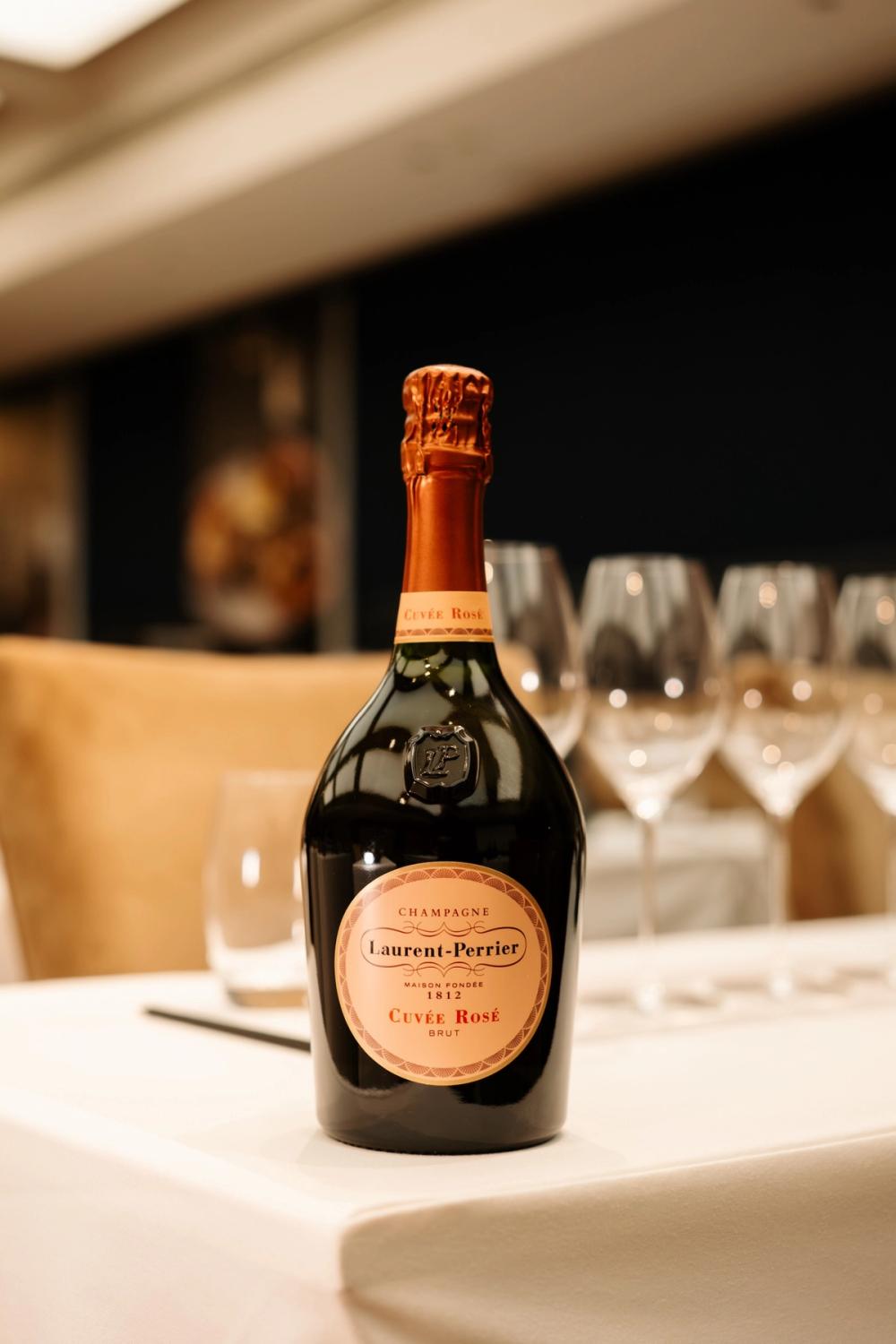
Laurent-Perrier Cuvée Rosé 100% PN Dos 6 g/l Multiple disgorgements; this one 10/24
LP describes this totemic bottle as ‘the Pinot Noir expression’ thereby underlining both the power of the wine and its gastronomic potential. Delaire reminds us that a significant percentage of the fruit is sourced from the Montagne de Reims, especially from the Pinot Noir strongholds of Bouzy and Ay. This is posited as a riposte to those (heaven forfend that there are many) who may find the wine rather too assertive. Over 40 years of tasting it, I have grown to love its rich red fruit style, but also to appreciate the nuances and delicacy afforded by offering a long elevage to first press fruit.
The maceration itself will vary from 48 to 72 hours and the environment, cocooned by stainless steel, is strictly anaerobic. The five years of ageing, extensive for a rosé, provide a harmonious integration of the red fruits (raspberry, redcurrant) and black cherry with mellow autolytic flavours, whilst at no time undermining an underlying power. A definitive statement of the maceration process.
All photos ©Thomas Skovsende
Laurent-Perrier is a commercial partner of The Buyer. To discover more about them click here.

